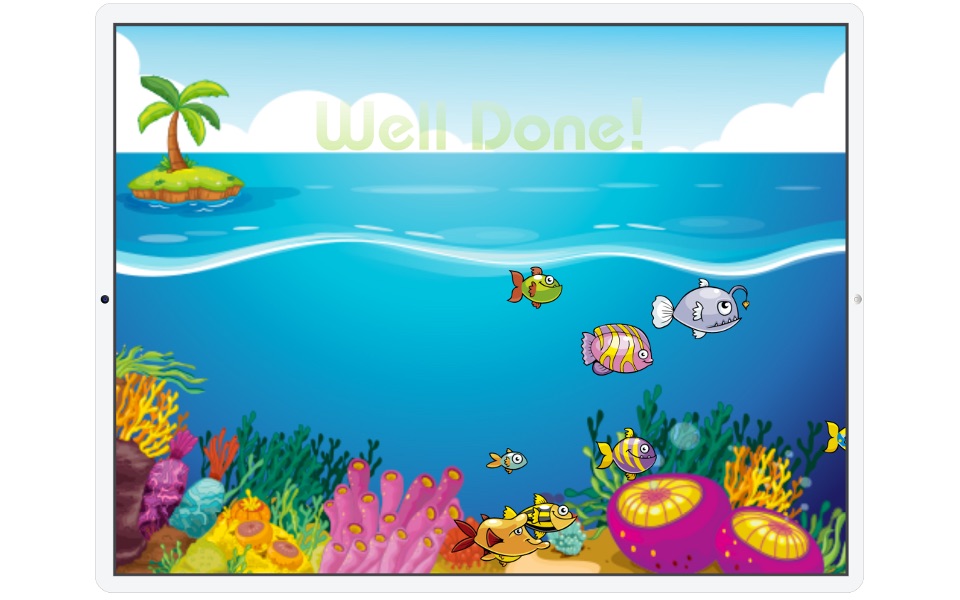
Have fun learning how facial expressions reveal what people are feeling!
Learn with Rufus: Feelings and Emotions aims to help children learn the facial expressions that correspond to feelings and emotions including happy, sad, angry, afraid, disgusted, and surprised. Children will learn how to identify easier fully-formed emotions and more difficult subtle emotions. The game is highly customizable to meet the needs of children with varying skills, ability levels, and learning styles.
This game was designed by Dr Holly Gastgeb, a clinical and developmental psychologist with over ten years of experience working with typically developing children and children with autism spectrum disorder (ASD). Her research has shown that children with ASD have difficulty identifying emotions from an early age. Since this ability is developed throughout childhood, the game is also beneficial for a wide range of children including those early achievers without any diagnosed learning difficulties.
Learn with Rufus: Feelings and Emotions is organized into three parts, a learning phase and two separate games:
* Learning - A preview of the facial expressions is shown to the child before the game starts.
* Find It! - Shown a number of facial expressions, the child is directed to select a specific emotion.
* Name It! - Shown a single facial expression, the child is asked to name the emotion.
To keep children interested and motivated, the following features are included:
* Reward sets - Choose from nine different colorful child-friendly reward sets including bugs, cars, cats, dinosaurs, and more.
* Toy break - The child is given periodic breaks with fun on-screen fingerpainting that allows drawing on the screen. This feature can be turned off if the child does not need breaks or finds them distracting.
* Positive reinforcement - Rufus does a "happy dance" and gives positive verbal reinforcement when the child answers correctly. If the child answers incorrectly, the correct answer will be restated.
* Music and sounds - Child-friendly music and sounds are included throughout the game. This feature can be turned off if the child is sensitive to or distracted by sounds and music.
* Text - The word that corresponds to each picture is presented above the picture. This feature can be turned off if the words are distracting to the child.
* Emoticons - Emoticons that correspond to the emotions are presented. This feature can be turned off to increase difficulty.
Additional customizable features that are present include:
* Level of difficulty - The level of difficulty can be adjusted to match the childs ability level:
Easy - Facial expressions with quickly identifiable emotions
Medium - Facial expressions with a mix of slightly less identifiable emotions
Hard - Facial expressions with partially formed emotions
Expert - Facial expressions with subtle emotions
* Training - The practice session before the games may be disabled to increase difficulty.
* Group Size - Choose from a group size for the game phase depending on the childs ability level. Group size can be 2 or 4 for Find It! and group size can be 2, 4, or 6 for Name It!
* Languages - Choose from English and Spanish.
For parents, educators, and therapists:
* Profiles per child - More than one child can play the game and all data is stored under each childs name.
* Track data and statistics - At the end of the game, a graph of the childs data is presented. Touch the graph to enlarge it, and then touch each data point to gather information about the childs performance.
* Email data - From the graph screen, if the device is capable of email, select the Export button to send yourself a CSV file of the childs progress.
For Ages 4 & Up



